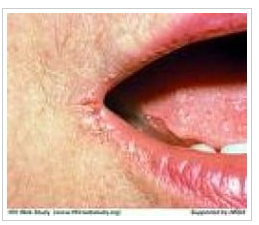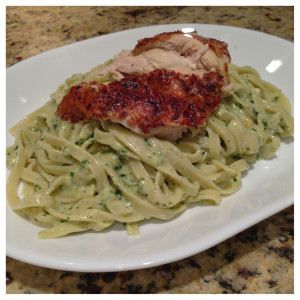
- Celiac disease is the most common genetic autoimmune disease in the world.
- Celiac disease is the most commonly misdiagnosed disease in the world.
- Celiac disease blood tests are not pass / fail. They measure antibody levels that suggest how likely an intestinal biopsy will discover damage consistent with celiac disease.
- Celiac disease can affect any genetically predisposed person of every race or gender and can first present symptoms at any age.
- Optimal treatment of celiac disease includes 1) a 100% strict gluten-free diet, 2) nutrient deficiency identification and replenishment and 3) education and support that meet the physical and emotional needs of the patient.
- Most cases of unresponsive celiac disease are due to inadvertent gluten exposure, where the person is consuming gluten without realizing it.
- The average person with celiac disease has a normal body mass index. The traditional thinking was that a person with celiac disease would be underweight.
- Silent celiac disease refers to a person who tests positive on blood test and villous atrophy on intestinal biopsy, but exhibits no overt symptoms.
- Celiac disease presents submicroscopic damage causing nutrient deficiencies before villous atrophy. That is, before an endoscopy with biopsy finds intestinal damage, damage can already be occurring.
- 50% of people diagnosed with Celiac disease exhibit neurological symptoms at the time of diagnosis.
- Doctors consider celiac disease to be a gastrointestinal disease. Many people with neurological symptoms due to celiac disease do not exhibit gastrointestinal symptoms. These people have a decreased chance of receiving a proper diagnosis and treatment.
- Anxiety can be the only symptom of celiac disease. In this case it is due to nutrient deficiencies.
- Celiac disease tests are not pass / fail. A patient can test “negative” on one day and positive two weeks later. Follow up testing should be performed if symptoms do not resolve.
- Patient education is the most important predictor of good clinical outcome in celiac disease. The more you know, the more likely you will be to avoid gluten, develop a diet that works best for your health and lifestyle, get well and stay healthy.
- Celiac disease symptoms can be completely different among family members.
- Celiac disease symptoms number over 300, are widely varied in nature, affecting every and any body system and organ. (The 300 symptoms list was first presented in “Recognizing Celiac Disease,” authored by Cleo Libonati, RN, BSN and published by Glutenfreeworks.com in 2007.)
- Symptoms in celiac disease are due to inflammation and/or nutrient deficiencies from chronic intestinal damage.
- Celiac disease diagnosis can take10 years or more from the time symptoms first present. It is frequently the last disease doctors consider.
- Celiac disease affects over 3 million people in the United States, yet the vast majority are not diagnosed. The symptoms of celiac disease are frequently considered the definitive diagnosis, leaving the true underlying cause untreated.
- Exposure to gluten is the most important environmental factor in celiac disease. The sooner gluten is removed from the diet, the more likely full remission will be achieved and long term complications can be avoided.
- Although celiac disease is now known to cause over 300 symptoms, the medical community has traditionally instructed doctors that celiac disease affects children, presenting symptoms of 1) diarrhea, 2) wasting muscles, 3) anemia, and 4) abdominal distention (bloating). You must request celiac disease testing if you do not fit this list, and often even if you do. Assuming doctors look for celiac disease is a mistake.
This article brought to you by the Gluten Free Works Health Guide! Everything you need to know about celiac disease, gluten sensitivity, your symptoms and how to fix them!
 Gluten Free Works Gluten Free Resources News and Tips
Gluten Free Works Gluten Free Resources News and Tips







What is your source for each of these facts?
“Recognizing Celiac Disease,” by Cleo Libonati, RN, BSN.
Glutenfreeworks.com
Glutenfreeworks.com/health.
Citations can be found at each location.
-John
John Libonati
Thank you . Very helpful